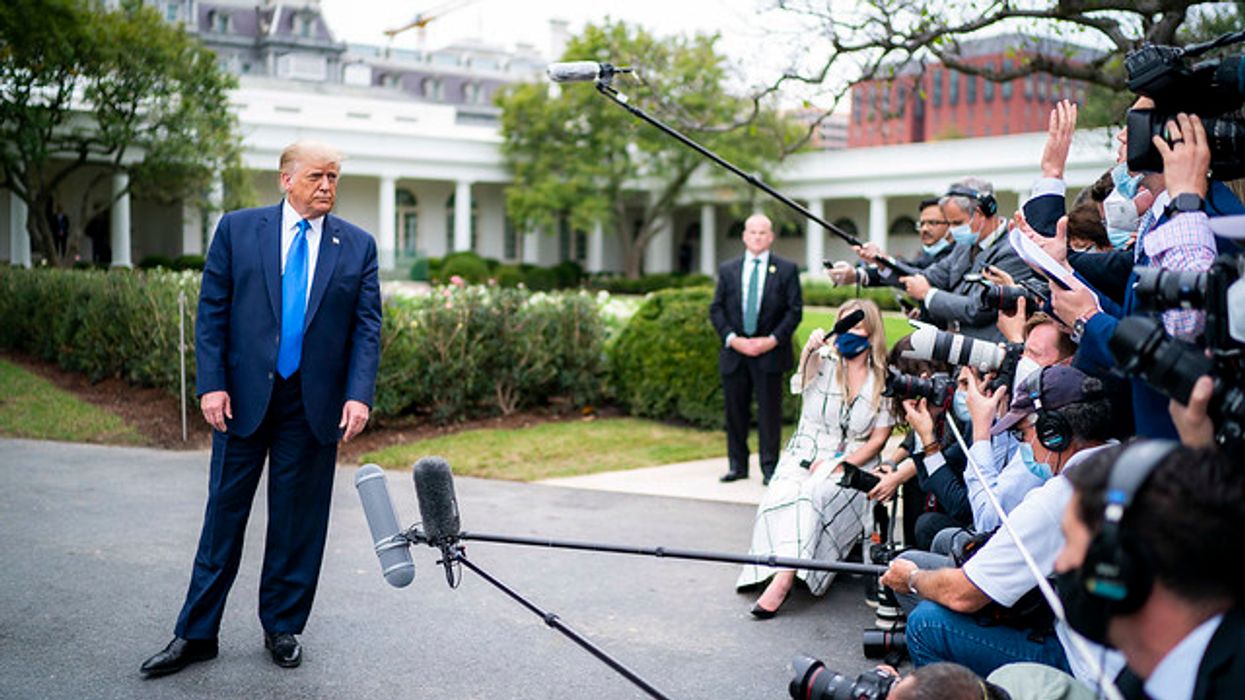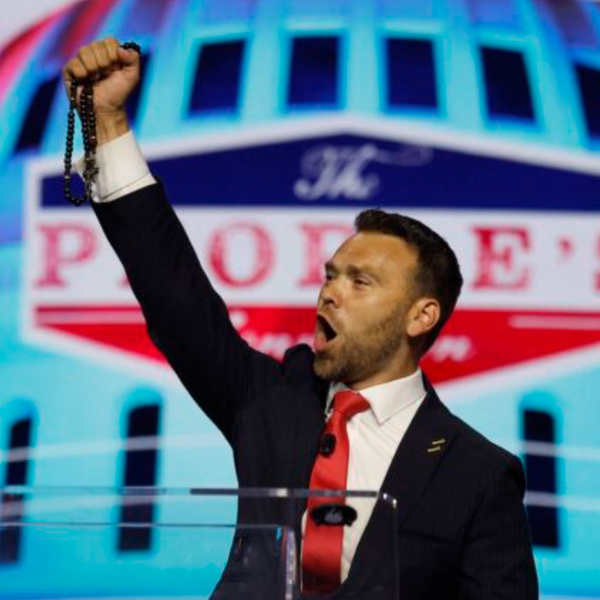Fake Man Starts Fake War And Makes Fake Peace
Leave it to Donald J. Trump to come up with a purely performative war, and folks, he’s done it. His big air assault on Iran Saturday night accomplished exactly nothing. The New York Times reported on its front page yesterday that a secret report from the Defense Intelligence Agency has found that the U.S. strikes on Iran’s nuclear facilities at three sites around the country set back Iran’s nuclear program by only a few months. Additionally, the vaunted bunker buster bombs, 30,000-pound projectiles designed to penetrate the surface of the earth before detonating far underground, failed to destroy the underground nuclear facilities at Fordo.
The report contained some new information as well. Israeli sources said that Iran has built smaller nuclear plants in secret locations “so the Iranian government could continue its nuclear program in the event of an attack on the larger facilities,” according to the Times. This information had not been made public previously. The report confirmed that Iran moved “almost all of its nuclear material” before the U.S. bombed its nuclear facilities on Saturday night, the Times reported on Tuesday afternoon.
Hegseth’s breathless announcement on Sunday morning --- 125 combat aircraft! 14 bunker busters! 75 other bombs and cruise missiles launched from submarines! – was all for show. The administration is so far back on its heels that a Congressional briefing on the attack scheduled for Tuesday has been pushed back until Thursday.
Iran responded Monday night by firing 14 missiles at the U.S. base in Doha, Qatar…after warning the Pentagon the attack was coming so the missiles could be easily shot down. The number of missiles was said to be calculated to match the number of U.S. bunker busters so that Iran’s retaliatory strike would not be seen as an escalation. The U.S. dutifully hit 13 of the Iranian missiles with anti-missile fire. One Iranian missile was said to have hit an unoccupied small building on the American base. There were no American casualties.
Trump went on Truth Social to announce that he had engineered “a Complete and Total CEASEFIRE… when Israel and Iran have wound down and completed their in progress, final missions!” He then mumbled something about 12 hours for this and 12 hours for that, until the “end, what should be called, “THE 12 DAY WAR.”
On Tuesday morning at 10:50 a.m., Representative Earl A. “Buddy” Carter, Republican of Georgia, formally nominated Donald J. Trump for the Nobel Prize “in recognition of his extraordinary and historic role in brokering an end to the armed conflict between Israel and Iran.” Buddy didn’t mention that Trump was himself a participant in the “war” he ended.
As he departed the White House this morning for the NATO summit, Trump bragged that he was able to get the two nations to stop fighting despite the fact that “We have two countries that have been fighting so long and so hard that they don’t know what the fuck they’re doing.”
Every television network, broadcast and cable alike, shifted immediately into Full Tape Vault mode looking for another instance that an American president had dropped “the F-bomb” on camera live, and finding none, announced that Trump was first to achieve this momentous accomplishment.
From Air Force One on his way to Europe, Trump continued to brag, “It was my great honor to Destroy All Nuclear facilities & capability, and then, STOP THE WAR! Both Nations will see tremendous LOVE, PEACE, AND PROSPERITY in their futures. They have so much to gain, and yet, so much to lose if they stray from the road of RIGHTEOUSNESS & TRUTH.”
Trump ordered a major attack on Iran. The bombs dropped. The cruise missiles flew. The satellite photos were published. Trump’s own Defense Intelligence Agency assessed that, “Iran retains control of almost all of its nuclear material, meaning if it decides to make a nuclear weapon it might still be able to do so relatively quickly.”
Trump’s fake war produced fake peace. Everything is the same as it was before. Israel still has its nukes. Iran is still a few months away from a developing its own nuclear weapon.
Relax. Trump is going for his Nobel. All is well.
Lucian K. Truscott IV, a graduate of West Point, has had a 50-year career as a journalist, novelist, and screenwriter. He has covered Watergate, the Stonewall riots, and wars in Lebanon, Iraq, and Afghanistan. He is also the author of five bestselling novels. He writes every day at luciantruscott.substack.com and you can follow him on Bluesky @lktiv.bsky.social and on Facebook at Lucian K. Truscott IV. Please consider subscribing to his Substack.
Reprinted with permission from Lucian Truscott Newsletter.












